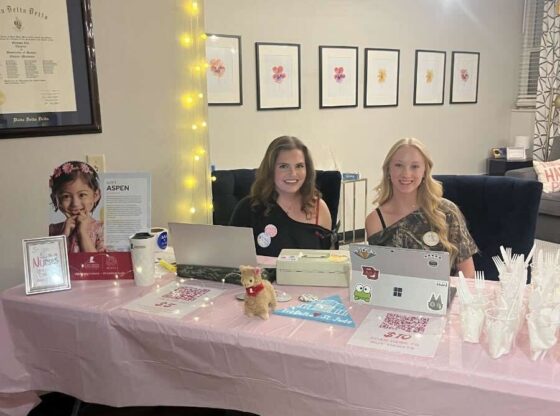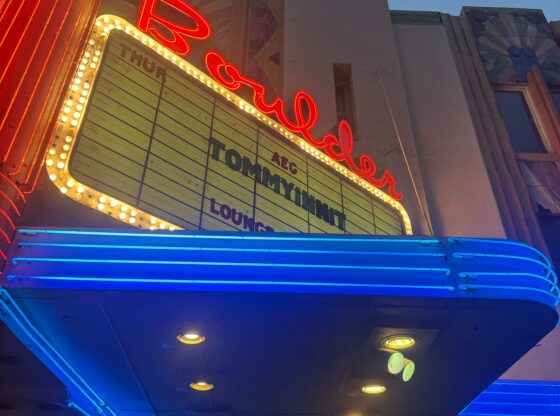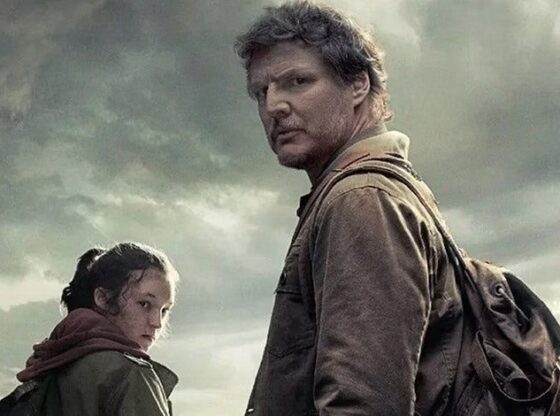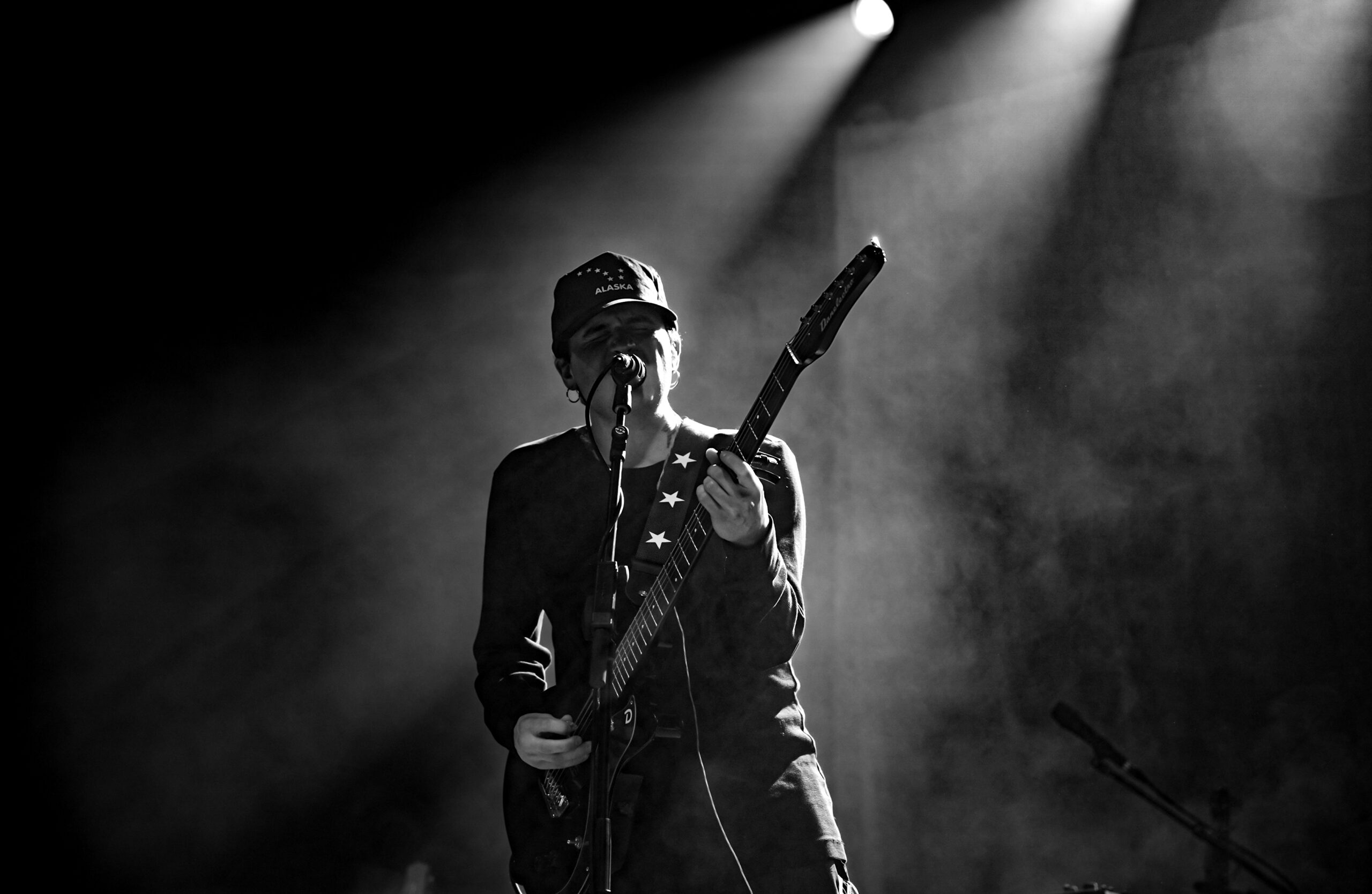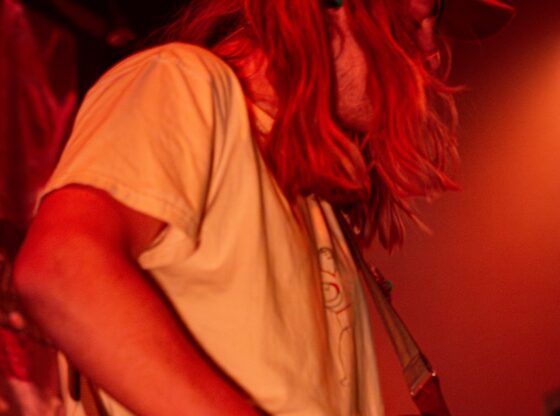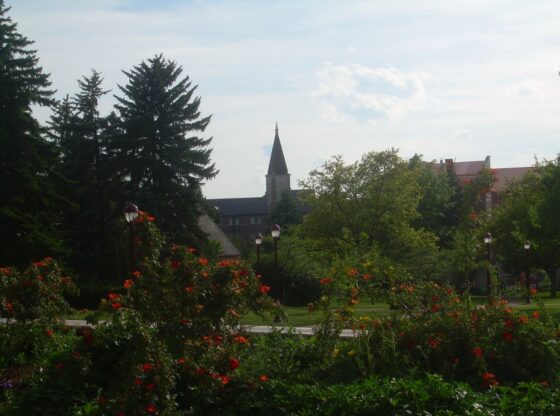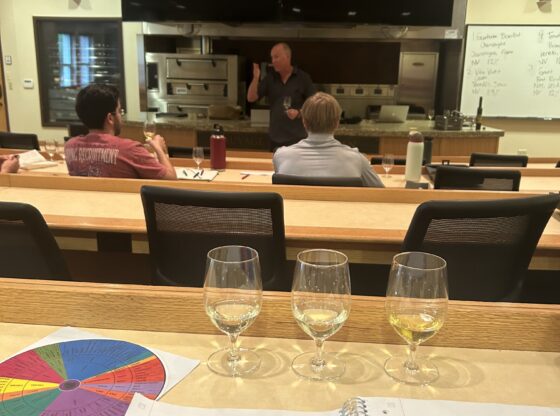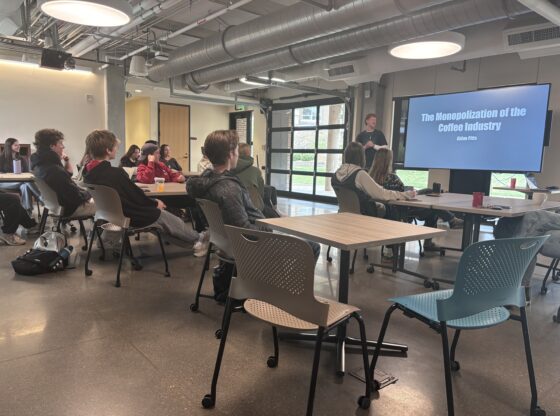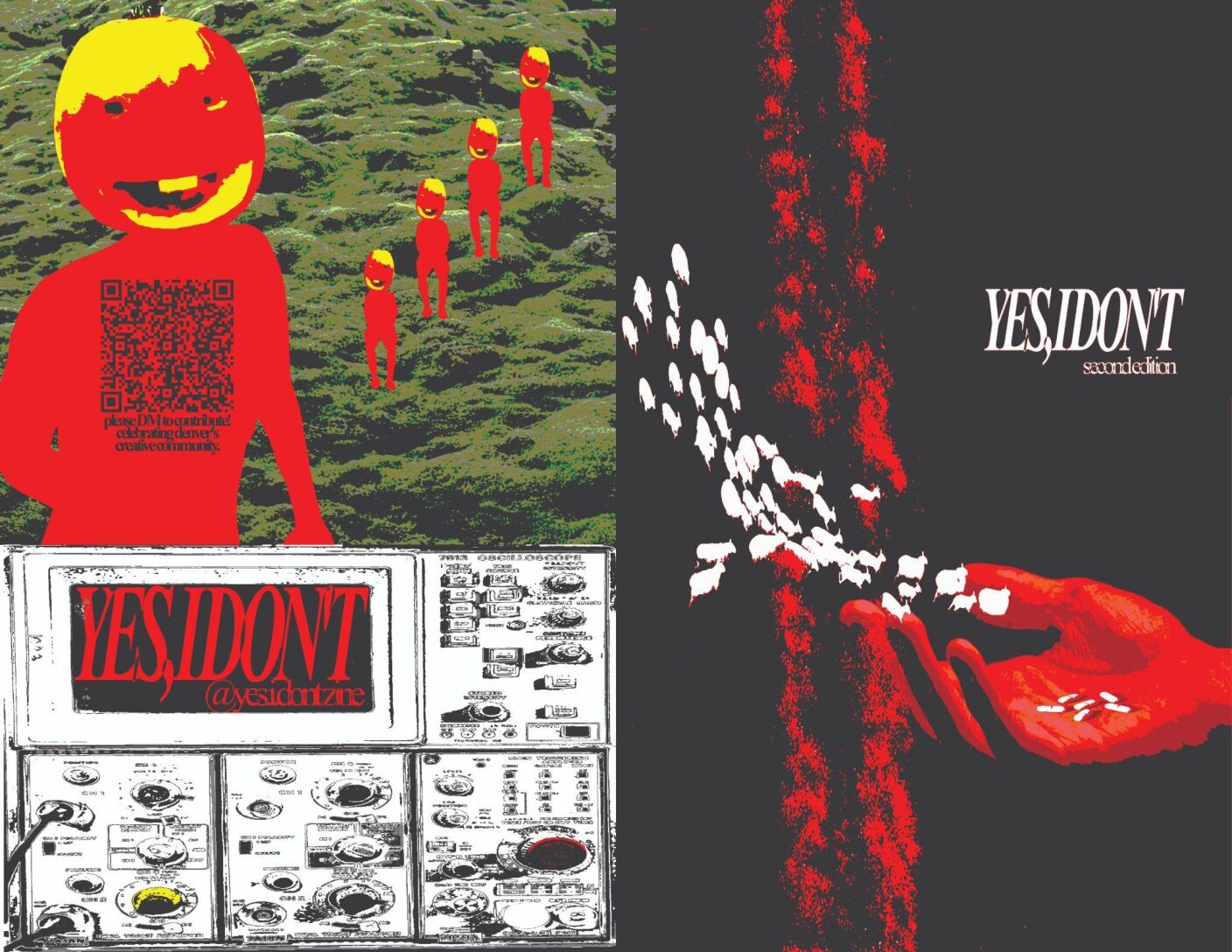Denver Film Festival launched its 47th year on Nov. 1 with a jam-packed night and weekend. The festival opened with a gala presentation of “The Piano Lesson,” directed by Malcolm Washington. This opening weekend housed over 100 screenings of various short and feature-length productions.
On Sunday, Nov. 3, at the MCA Holiday Theater, the Denver Film Festival showed a special screening of Taylor McFadden’s directorial feature debut, “Lovers.” The film was followed by a special Q & A segment with McFadden, along with actors Angela Trimbur (portraying Ash) and Amelia Meath (portraying Tara) and a special performance from Nathaniel Rateliff. Rateliff’s song is featured in the movie.
“Lovers” is a part of the Colorado Spotlight selection of the Denver Film Festival. These films are usually focused on local Colorado Filmmakers, about Colorado, and are usually shot in the state as well.
The film follows two women who have returned to the city for the funeral of a friend who had committed suicide. These two women, along with the friends and family of the deceased, spend their time in the local dive bar, “Lovers,” finding themselves and each other once more.
It’s a story of love, grief, community and friendships. It’s a beautiful love letter to how people are brought closer together even throughout some of the most gut-wrenching and traumatic experiences of their lives.
“Lovers” was mainly shot at the iconic Denver-based dive bar, “Hi-Dive”, a well-known spot among locals and tourists alike. The bar also doubles as a 285-person music venue for local and touring bands. McFadden was able to get the bar shut down for five days to be able to film the movie.
Sitting down with McFadden, she explained the process of creating the film, the hurdles she had to overcome and what “Lovers” really meant to her.
DT: You were able to film in Colorado, which can be a rarity for feature-length films. Was Denver always on your mind as a location?
TM: Yes and no. I grew up here so in many ways I was writing about an experience in Denver. But in a lot of ways, [this film] is for any town in America. They all have that local music venue dive bar that people return to. And, ultimately, it was never out of the question. But it really came down to the pandemic. I spent most of my time in Denver during the pandemic even though I was living in New York. While here, I got in contact with the Film Incentive Office, they read the script and said “This is a Colorado movie. You should make this movie here.”
DT: When you solidified Denver, was shooting in Hi-Dive the end goal? Did you look at any other bars around town?
TM: So because I wrote the film about the Hi-Dive, I never really envisioned we would shoot there. I felt like it was going to be too personal for me. I grew up going to that bar and I used to work there. I’ve been to weddings and funerals in that bar too. So, we looked at places all over Denver and Colorado. When we went to the Hi-Dive finally my cinematographer was like “Why are we looking anywhere else? This place is perfect!” It was a very metaphorical moment, writing a movie about going home and then going home to do that very thing in the Hi-Dive. And honestly, from an art direction perspective, you can’t really replicate something like that place. In many ways, the bar is the character from the movie.
DT: The Hi-Dive is also a music venue, which is shown in the movie. Music has also played an important part in the creation of Lovers and your own history, right?
TM: I do I do! I’ve actually been secretly sneaking into punk shows since I was a 14-year-old in venues that don’t exist in Denver anymore. Music has always been a huge part of my life and I’ve always been surrounded by musicians. And this story was a way that I wanted to show the female perspective of that. From years of gleaning and having so many female musician friends who tour as well, I just felt like I hadn’t really seen that perspective captured before. This has just been so personal for me. So many of my friends are on the road and so I kinda just pulled inspiration from that.
DT: I feel like that perspective is perfectly captured during the scene of our two main characters singing along with friends at the bar the morning after. It felt so natural for you to capture this vision through your personal lens.
TM: Thank you so much for saying that because that’s my absolutely favorite scene in the movie.
DT: Of course! You are able to really paint a picture of women-centric friendships through music, especially live music. How was the process of writing music for the movie and capturing it?
TM: So I knew that I wanted to write the music into the film. The music segments were written into the screenplay. And we ended up being able to work with every musician I wanted to have on this film. And it was also very important to me that the lead was also a real musician. Most movies do not film the music live. That was a huge deal breaker for me. My producer, Lavinia Jones Wright, had a background in music, so she was able to help out with making sure it was live recordings during the takes. We also filmed all of those music sequences in one day.
DT: Wow! That’s insane for one day. You have shown a lot of strengths in making this film and also have talked about some hurdles. Were there any other challenges you faced?
TM: Every single step of the way. Making a feature film is really challenging. Going from music videos and short films to a feature is a really large leap. But I was so passionate about the story that I think so many people got infected by it. I loved it so much that it just helped people come on board. Raising the money was a real challenge. We had to push the film three times. There were definitely moments where I thought I was gonna have to give up and say you know, this is it. I tried, I did my best, and it just didn’t happen. It was just one thing after another. But you know the thing about filmmaking is that every step of the way is a challenge. Every day you wake up there is a new fire to put out and I learned really early on [that] you just have to become comfortable with problem-solving.
DT: That is beautifully reassuring for up-and-coming filmmakers, to see people so passionate that they are able to get it done. I was wondering if you had any inspirations for “Lovers”?
TM: Yeah! Definitely! I mean I think I was pulling different visual references like you know, The Big Chill. The Big Chill is a movie people reference a lot [relating to Lovers]. And it has a beautiful soundtrack and was shot in one location. I mainly wanted to shoot this film in one location. I wanted to shoot in one location to focus on the performances and the actors. Sally Potter is also one. She makes these beautiful films and takes time to really dive into knowing the emotional landscape of a character instead of cutting away. She makes you experience what that person is experiencing. That really affected me.
DT: You can definitely see inspiration from both The Big Chill and Sally Potter’s work in this film. I have one last question. What do you want the audience to take away from the movie?
TM: My greatest hope is that people will realize how important our community is and also to reach out to their friends. If they know that someone is having a hard time, give them a call. Especially because we are all in this together and I think we realize post-pandemic even more how important it is to be involved with the community. But we really need to cherish those bonds we have because that’s what really matters at the end of the day.
Lovers hasn’t secured a distributor as of the publication of this article. For more updates on the release of this film, follow McFadden on Instagram.
This interview has been edited for length and clarity.


